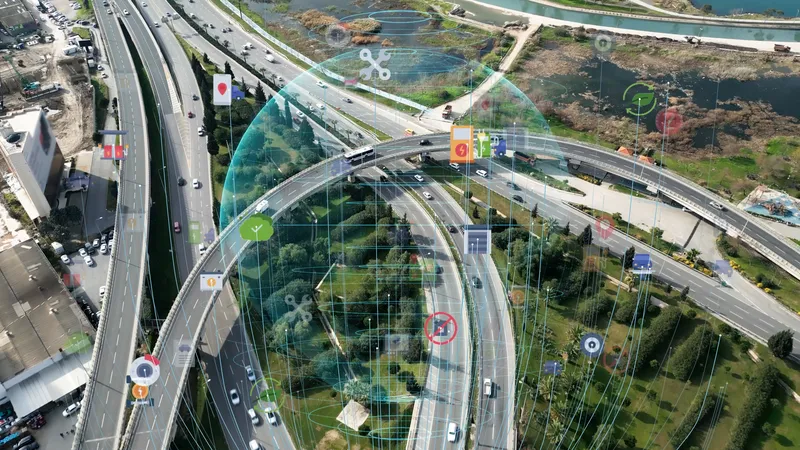TomTom has released the latest version of TomTom Traffic which now includes an innovative ‘jam ahead warning’ feature, which pinpoints the precise location of a traffic jam and sends an early-warning alert so that drivers can safely reduce their speed.
Available automatically to all existing users, TomTom Traffic also includes new features that further improve routing accuracy. TomTom Traffic now detects road closures and road works automatically on more roads. A new ‘predictive flow feed’ can more accu
September 5, 2013
Read time: 2 mins
Available automatically to all existing users, TomTom Traffic also includes new features that further improve routing accuracy. TomTom Traffic now detects road closures and road works automatically on more roads. A new ‘predictive flow feed’ can more accurately predict congestion on a driver’s route and further improve the fastest route recommendation and estimated time of arrival.
“We continue to make TomTom Traffic even more powerful and precise with every new release,” said Ralf-Peter Schäfer, head of TomTom Traffic. “This latest version of TomTom Traffic is now so accurate it can pinpoint the precise location of a traffic jam. The new ‘Jam Ahead Warning’ feature shows drivers in advance exactly where a traffic jam is located and crucially alerts them to slow down if they are travelling too fast. By giving drivers advanced knowledge about the road up ahead, we aim to make journeys safer and more predictable.”










